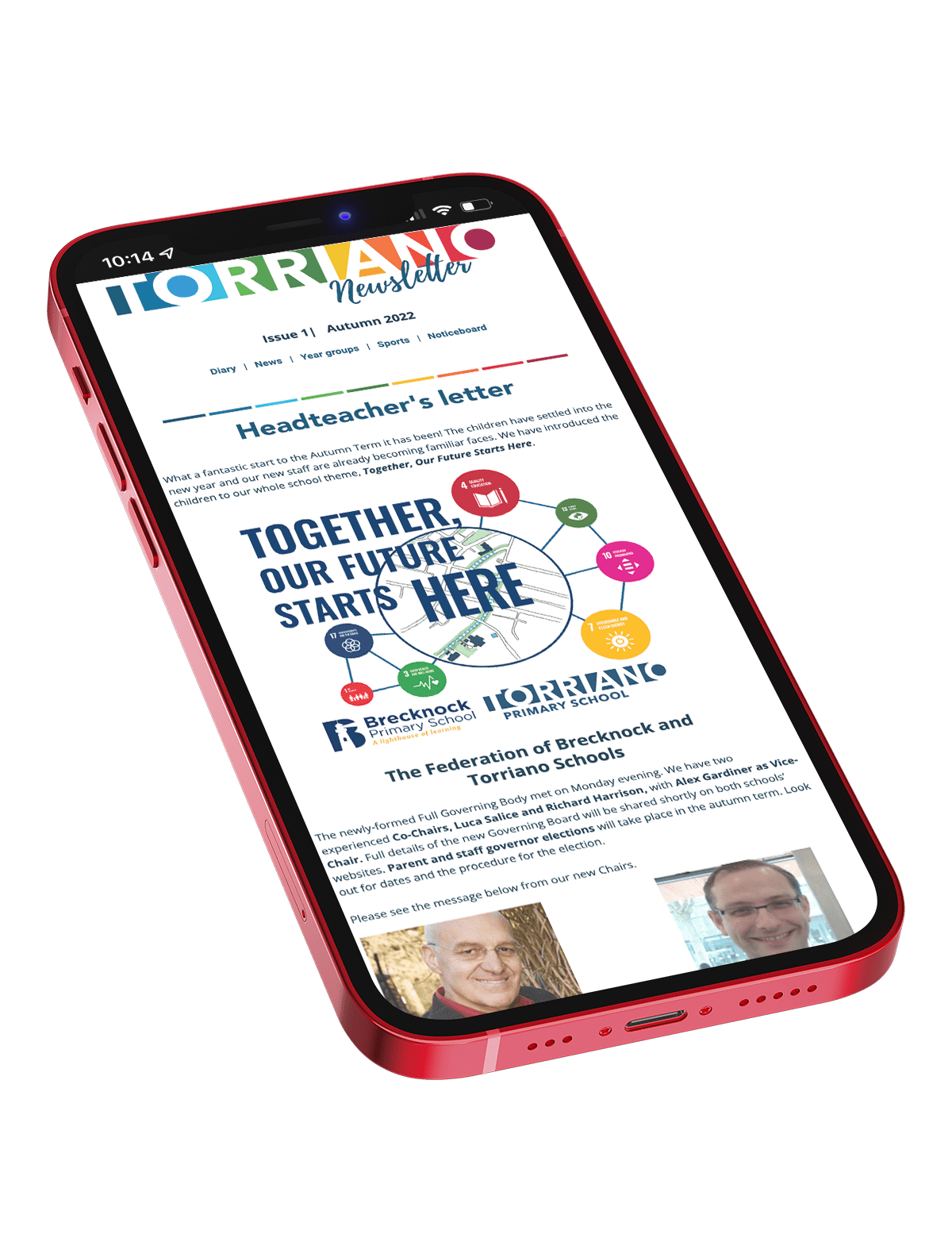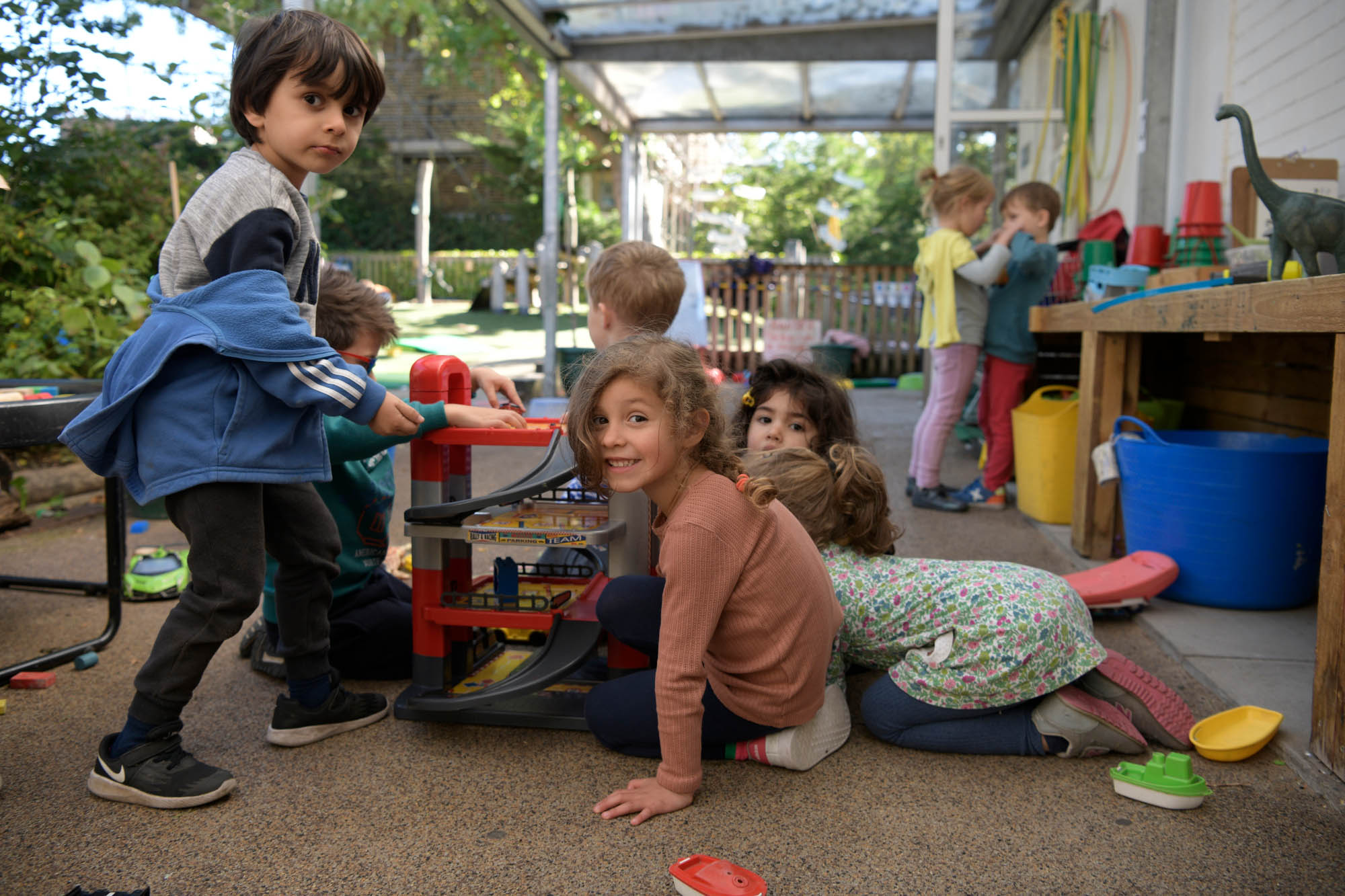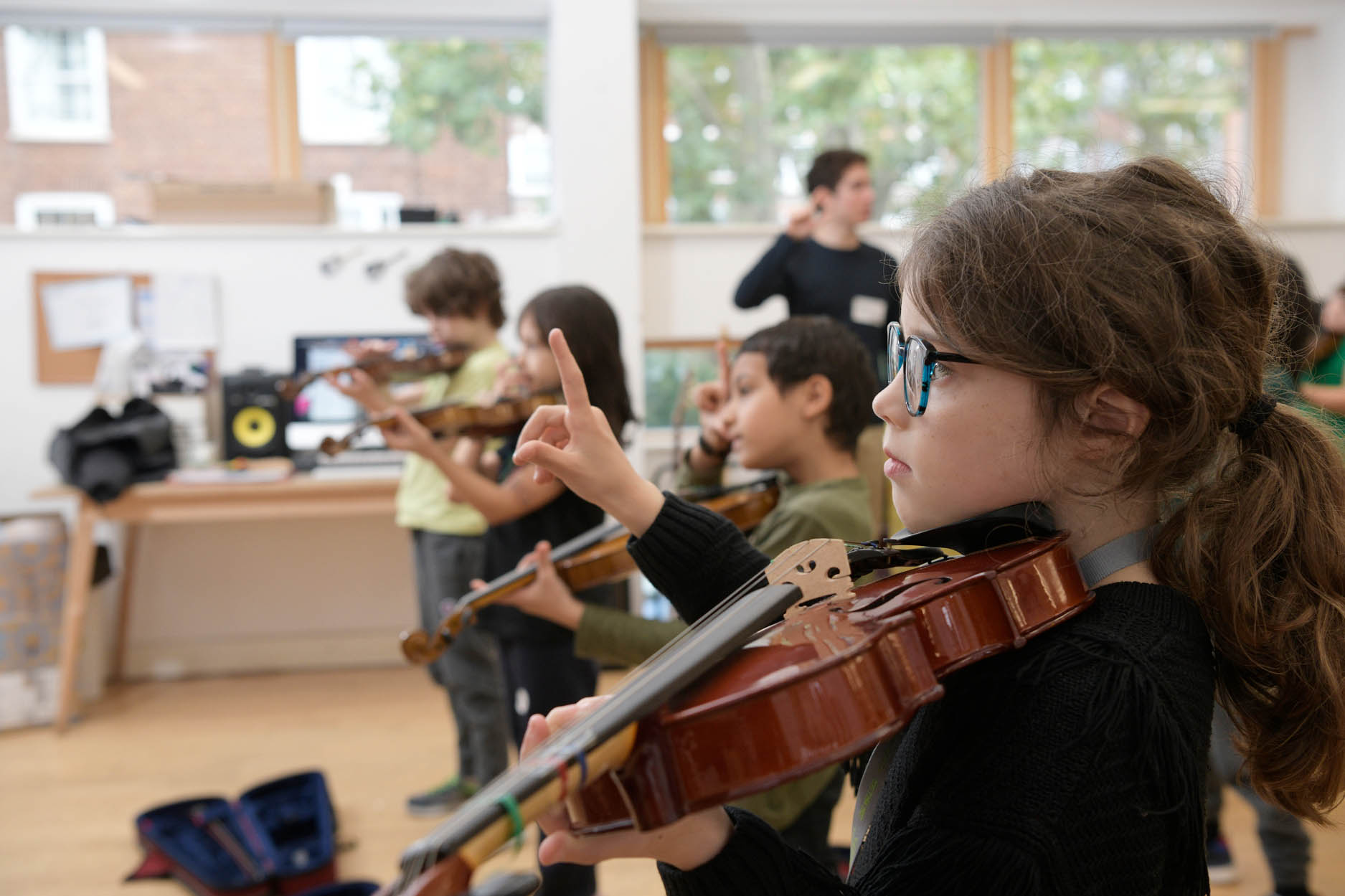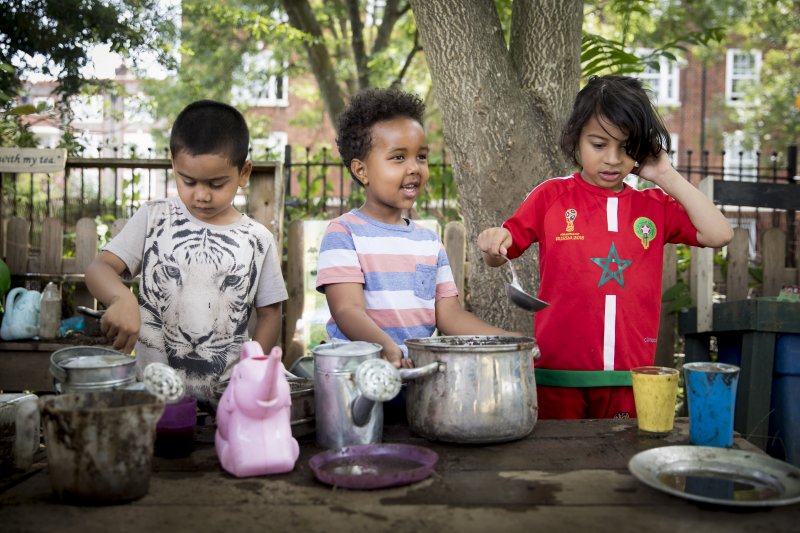Design and Technology is an inspiring, rigorous and practical subject that is carefully designed in a sequential curriculum. It supports all children to acquire the knowledge and skills they need to understand the role of designers and to plan and create their own work. Alongside this, having an understanding of nutrition, sustainable food practices (production and consumption), as well as basic cookery skills is a key element of DT.

Knowledgeable Learners
- Children learn about and understand the role of design and designers. The designers studied and partnerships forged reflect our highly representative curriculum, drawing from the range of creative industries in our community.
- Children build and apply knowledge of design processes, showing an understanding of knowledge and skills in order to design and make prototypes and products.
- Children develop a creative, technical and practical skill set to succeed in an increasing technological world making links to the computing curriculum.
- Children understand and apply the principles of nutrition and learn how to cook in a sustainable way.

Confident Communicators
- Through a range of oracy techniques and pedagogy children are encouraged to learn subject specific vocabulary ( DT and Food technology) to support new learning.
- Through carefully planned partnerships children learn specialist language, linked to product design and engineering, allowing them to understand and contextualise design thinking processes. For example, working with University of Westminster to design and make a water harvesting system.
- Children learn to critique, evaluate and test their ideas and products, discussing these processes using learnt vocabulary. In EYFS they begin to explain the processes they have used.

Active Citizen
- In our science led STEAM unit, we promote career pathways through having opportunities to work with a diverse range of architects and designers (Engineering part of STEAM). This gives learning real life context and connects us to growing creative industries in Camden and local area, such as Arup (engineers) and Bennets Architects. Children apply their knowledge to solve real and relevant problems, with a local and ethical lense. In this context, children take risks and become resourceful, innovative, enterprising and capable citizens.
- Children apply their knowledge of sustainable food practices through being encouraged to work with the local council, school gardener, parent volunteers and other local organisations – from growing their own food to learning and talking about food waste.
- Guided by our Whole School Healthy Eating Policy, children, staff and parents/carers are committed to principles that promote nutrition education to students, staff and wider community.
Implementation
- The Design and Technology curriculum follows the National Curriculum closely.
- Connections are drawn across the art and DT curriculum, to further reinforce overlapping skills and knowledge where possible and appropriate.
- Teachers plan with skills progression and knowledge in mind. All learning starts by revisiting prior knowledge to encourage children to make connections and formative assessment is used throughout to address any misconceptions.
- For specific projects, such as STEAM, teachers work with expert partners to plan inspiring and rigorous units of work, rooted in the skills and knowledge of the National Curriculum, framed in the context of real life and the world of work.
- Children have the opportunity to draw on other disciplines from across the curriculum. Embedded within the DT curriculum are links with English, computing, history, maths, art and science. These are implemented through learners developing skills such as measuring, timing and scientific baking processes.
- Children learn to use a wide range of materials and tools.
- All children, including those who have SEND or are disadvantaged, fully access the DT curriculum, through our adaptive approach.
- In EYFS children learn to play with and explore a wide range of materials, tools and techniques. Within both nursery and reception, topics will link to relevant areas of Understanding the World within Development Matters, as well as supporting their Physical Development. They will be encouraged to explore, test and make, to develop a wide base of understanding upon which to develop their knowledge and skills in later years.
- In KS1, through a variety of creative and practical activities, pupils are taught the knowledge, understanding and skills needed to engage in an iterative process of designing, making and evaluating.
- In KS2, the children will build on their previous knowledge and skills to apply them in a wider range of scenarios and further extend their technical knowledge. This is supported by a greater range of partnerships.
- Teacher’s planning follows a progression of skills document that is set out in order to build and develop as children move through the school. This can be seen here.
- Each year group will have the opportunity to undertake an external educational visit or participate in workshops, which is design and technology based, at least once a year.
Impact
- Children see themselves as future designers and recognise the important role design plays in our lives.
- Through our DT teaching and learning, pupils should be able to recall knowledge, use technical vocabulary and develop design specific skills.
- Through Food Technology, pupils should be able to recall knowledge, use technical vocabulary and develop cooking skills, as well as making sustainable choices.
- Subject leaders monitoring processes and pupil conferencing track the progression of children using their design and cooking skills and practising the recall of key knowledge.
- Planning audits are used to support teachers in delivering high quality lessons.
- Pre and post assessment tasks are planned for each DT unit.
- Low stakes quizzes are used, such as those used to recap previous learning at the start of lessons.
- Formative teacher assessment and marking takes place and can be given verbally.
Please see the Design and Technology progression document here.





